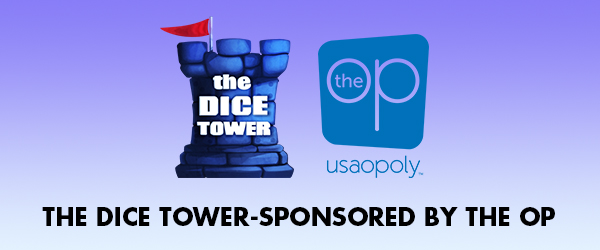RED

RED
RED is a game from the RED, BLUE, GreenGreenerGreenest trilogy.
RED is a three-colored tile-laying game for three players. The three colors in the game are black, white, and red, and each player will be a different color. Each tile has a background color and a different-colored circle in the middle. There are 6 different combinations and 5 small tiles and 1 large tile for each combination.
Players place tiles on the table trying to connect groups of their border color and groups of their circle color.
RULES
Place all the tiles face-up in a pool, leaving room to play the game.
Each player is assigned one of the three colors by some agreeable method and takes the corresponding counter; the counters just show which player is which color. The order of play is White player, then Black, then Red. Players take turns placing any tile from the pool on the playing surface according to the following rules:
- Tiles must be placed so that they align with an imaginary grid of squares the size of the small tiles.
- White cannot play a large tile on the first turn.
- Except for the obvious exception of the first tile, each new tile must be orthogonally adjacent to at least one small tile (i.e. must touch a small tile). Just having the corners touch isn't good enough.
- A large tile cannot be placed orthogonally adjacent to another large tile (that is, no two large tiles can touch each other, except at the corners).
The game ends when there are no available moves.
SCORING
Small tiles count as 1 point, and large tiles count as 2 points.
Find the largest connected group of tiles with your border color, and then find the largest connected group of tiles with your circle color. Multiply these two numbers to determine your score.
The player with the most points wins. If two players tie, the third player wins! If all three tie, play again!
The rules include a variant for 2 players.
Microbadges:
RED is a three-colored tile-laying game for three players. The three colors in the game are black, white, and red, and each player will be a different color. Each tile has a background color and a different-colored circle in the middle. There are 6 different combinations and 5 small tiles and 1 large tile for each combination.
Players place tiles on the table trying to connect groups of their border color and groups of their circle color.
RULES
Place all the tiles face-up in a pool, leaving room to play the game.
Each player is assigned one of the three colors by some agreeable method and takes the corresponding counter; the counters just show which player is which color. The order of play is White player, then Black, then Red. Players take turns placing any tile from the pool on the playing surface according to the following rules:
- Tiles must be placed so that they align with an imaginary grid of squares the size of the small tiles.
- White cannot play a large tile on the first turn.
- Except for the obvious exception of the first tile, each new tile must be orthogonally adjacent to at least one small tile (i.e. must touch a small tile). Just having the corners touch isn't good enough.
- A large tile cannot be placed orthogonally adjacent to another large tile (that is, no two large tiles can touch each other, except at the corners).
The game ends when there are no available moves.
SCORING
Small tiles count as 1 point, and large tiles count as 2 points.
Find the largest connected group of tiles with your border color, and then find the largest connected group of tiles with your circle color. Multiply these two numbers to determine your score.
The player with the most points wins. If two players tie, the third player wins! If all three tie, play again!
The rules include a variant for 2 players.
Microbadges:
Player Count
3
Playing Time
20
Age
7
Year Released
2011
Podcasts Featuring this Game

TDT # 357 - Tracking your Game Results
In this show, Mark takes the ten by ten challenge, Geoff examines a gaming lawsuit, Brian takes a look at Betrayal at House on the Hill, and Bill talks about running a convention. We review Hearthstone, Formula E, Marrying Mr. Darcy, Horse Show, Race Formula 90, and Dungeon Dice; and then take a look at the Spiel des Jahres nominees. A Tale of Horror, questions, and our answers to "Do you keep track of your games played and wins/losses?" round up the show.